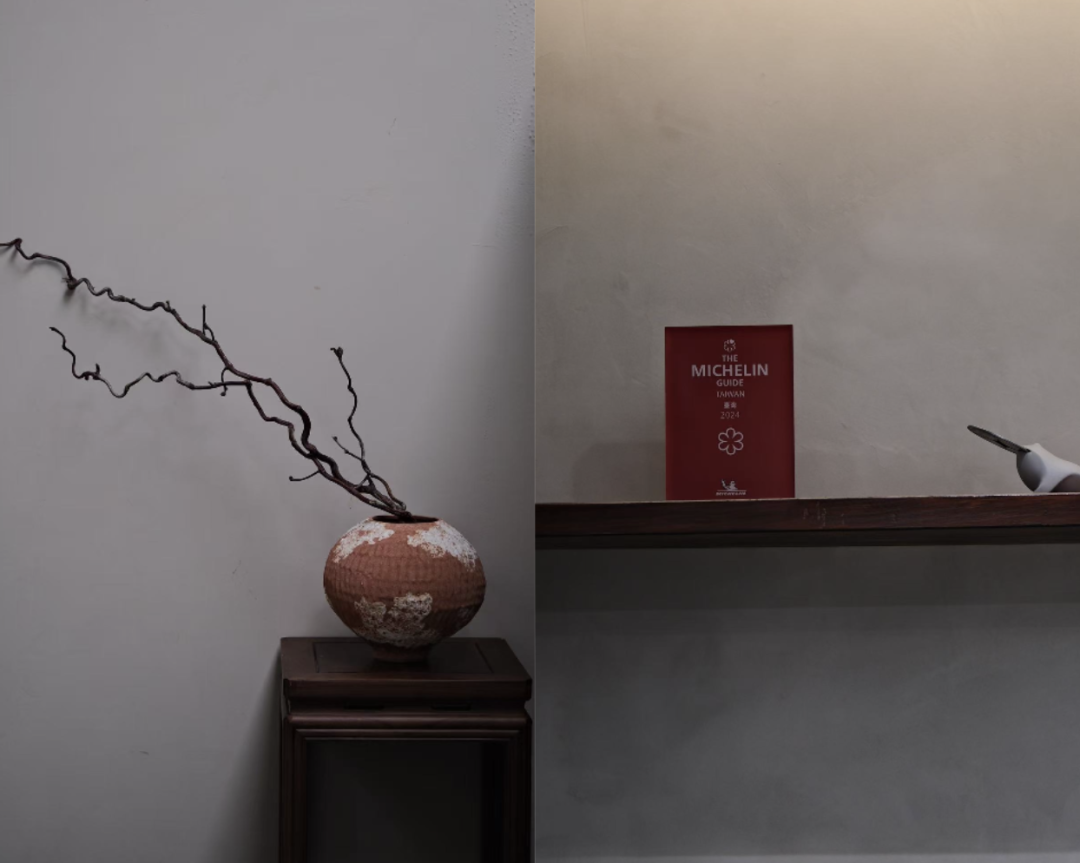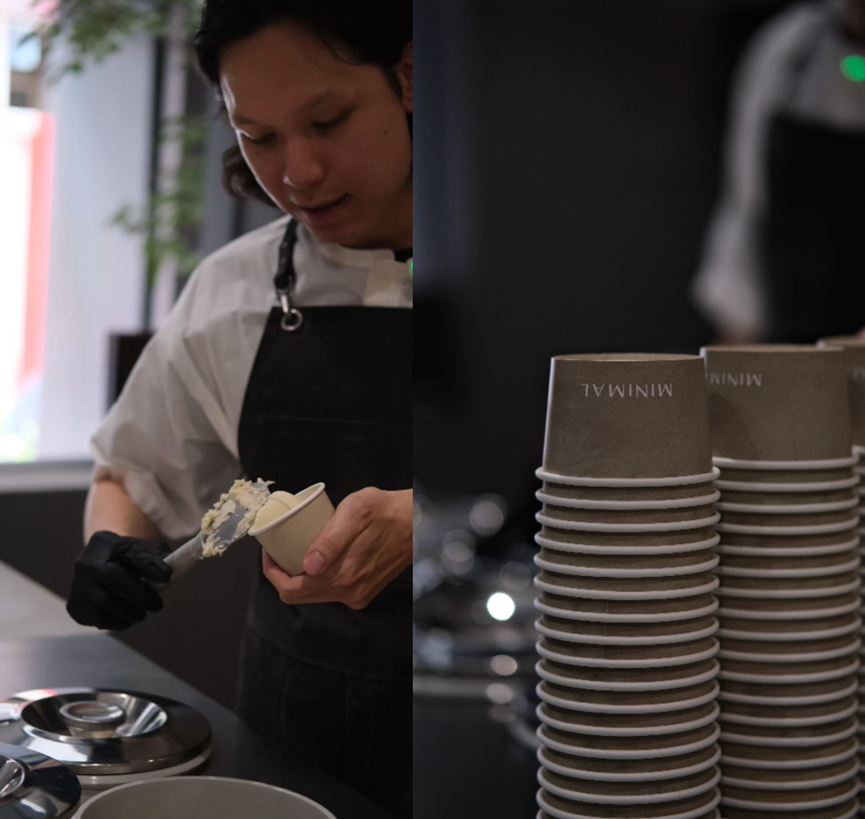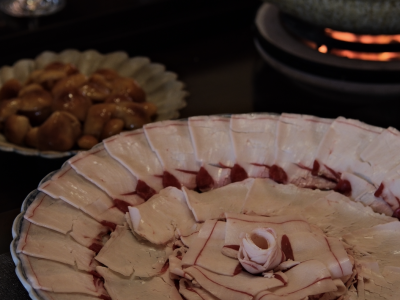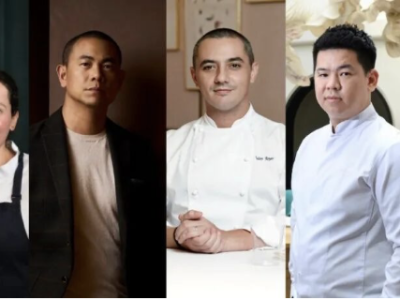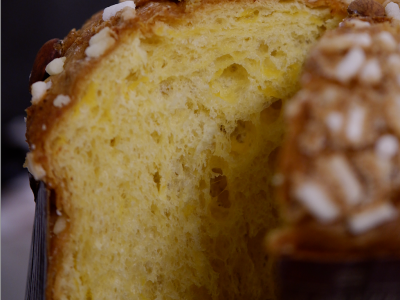In 2024, one restaurant made gelato its star — MINIMAL — and stood out for making gelato its central offering, becoming the world’s only Michelin one-star gelato specialty shop. Its achievement has drawn curious eyes from around the globe.
Located in Taichung, MINIMAL was founded by chef Arvin Wan (萬士傑), who built it on a distinctive vision of flavor aesthetics and minimalist philosophy. Last month, we finally made a special trip to Taichung to see it for ourselves. By around 1 p.m., a small line had already begun forming outside.
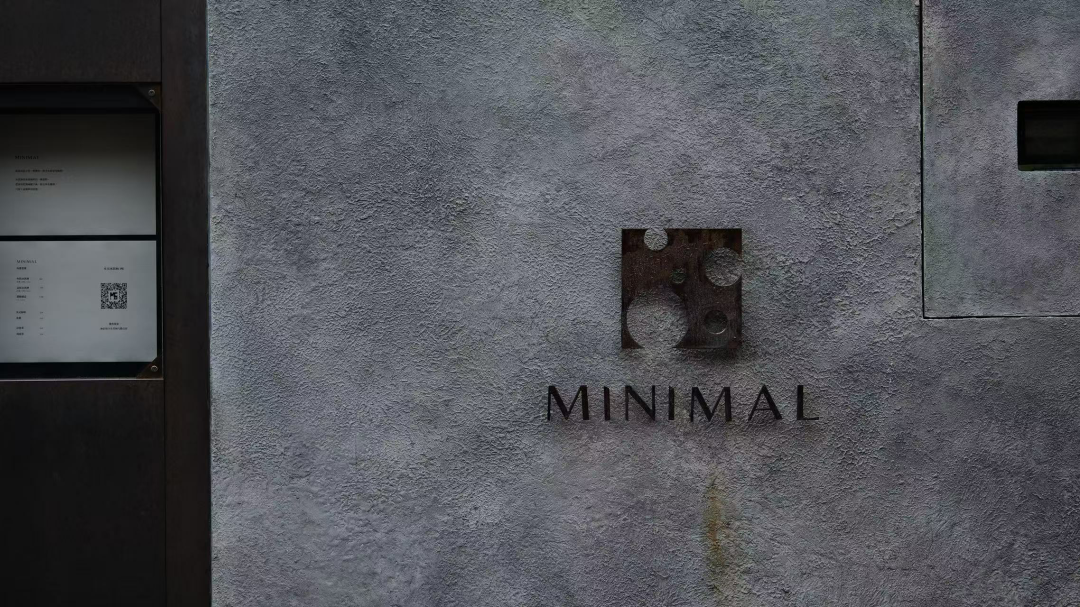
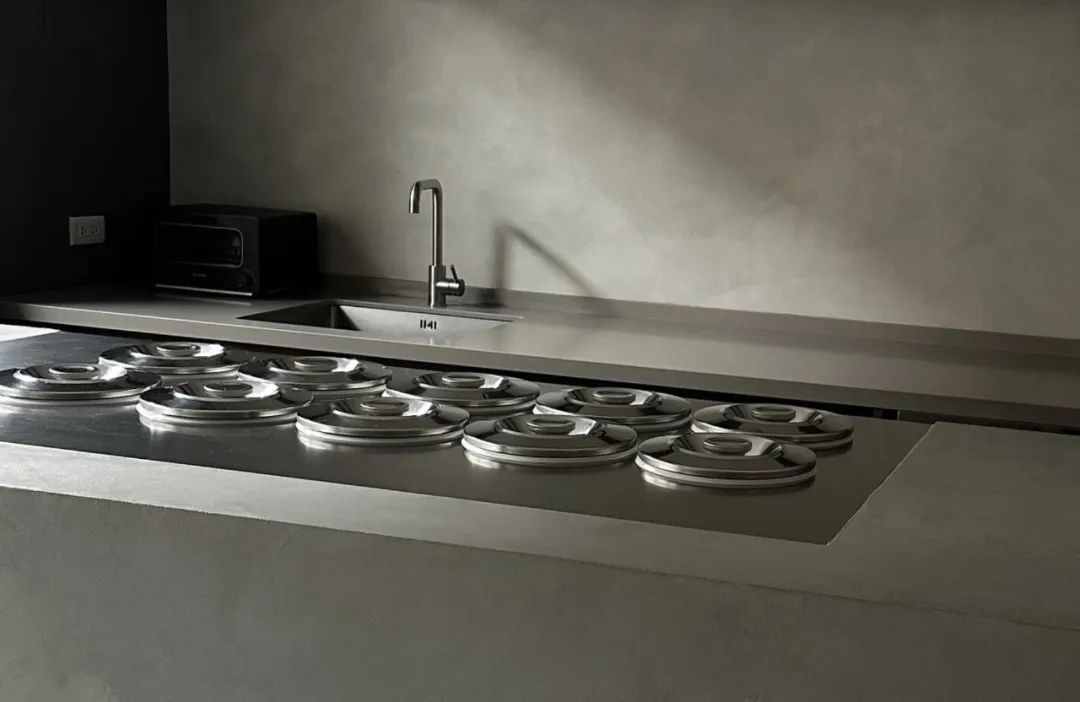
Explaining the name, Wan says:
“Minimal means smallest, micro, and nowadays also refers to simplicity. Gelato is the purest form of food — extracting the essence of the ingredient and transforming it into a texture that is straightforward. It releases flavor and melts upon entering the mouth, requiring no chewing. In essence, it is pure and simple. Yet behind this simplicity lies complexity — a process of balancing and making trade-offs between flavor and structure. It’s a distillation process, which is why I chose the name MINIMAL.”MINIMAL traces its beginnings to Wan’s time at the Michelin one-star restaurant Sur- in Taichung.
“Sur- was founded by four of us. I was in charge of desserts and front of house, while each partner focused on their own specialty. Later, due to lease issues, we had to move and invest fresh capital. After discussions, we had different ideas for the next step. I decided to start MINIMAL.”Wan admits he has always preferred pure gelato. Initially, dine-in service was part of a mid-term plan, but making gelato for takeaway versus for dine-in is entirely different.
For him, pure gelato is like painting on a blank canvas — limited space where any addition or substitution will shift the balance.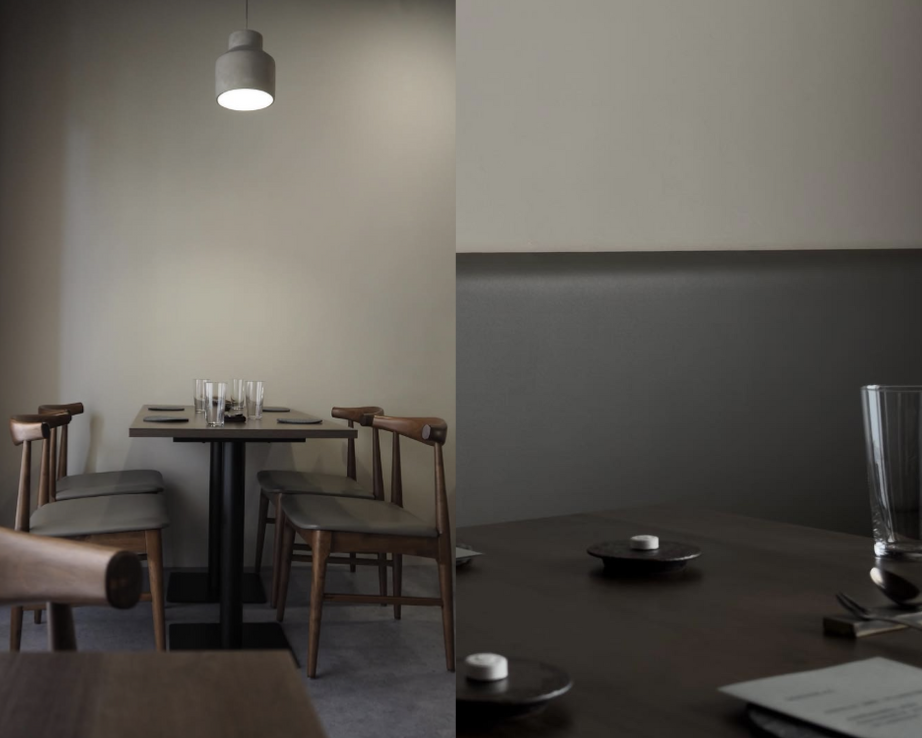 @minimal_gelato
@minimal_gelato
This constant process of selection and elimination fascinates him, but it also imposes limits. That led him to experiment with tasting menus, where he could freely add sauces, crisps, and other elements. Last year, he restructured his past works into a tasting menu as a way to summarize that stage, then returned to pure gelato creations.
Now, with dine-in service discontinued, whether MINIMAL can retain its Michelin star remains uncertain.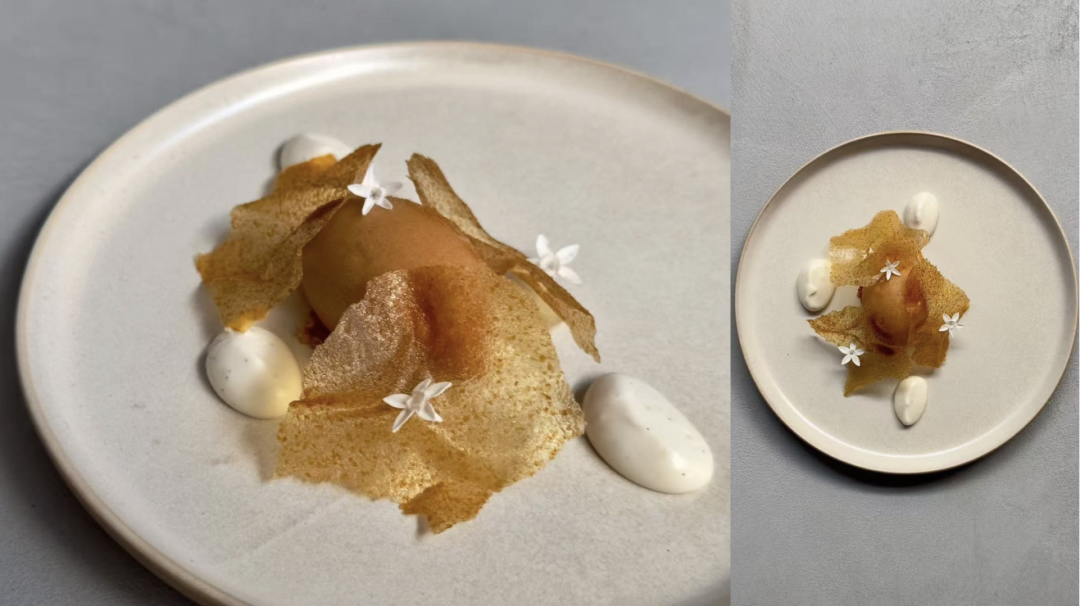 dine-in tasting menu:Loquat, Fromage Blanc, Hazelnut
dine-in tasting menu:Loquat, Fromage Blanc, Hazelnut
Wan is entirely self-taught in gelato making, having originally trained in classical Western cuisine. His passion eventually drew him into the world of frozen desserts. He observed that most gelato shops adhered to traditional styles and wanted to create something more contemporary — a space and products that felt modern.
“There are plenty of simple, easygoing gelato on the market. I wanted to make a different one that people might choose depending on mood and occasion.”
He describes his work as culinary creations in the style of gelato — using gelato as a technique and medium to present his culinary philosophy. Wan avoids stabilizers almost entirely, resulting in a cleaner, lighter gelato, though its condition changes quickly and must be served immediately under his own supervision.“If the condition isn’t right, all the details I designed beforehand become meaningless.”His sorbets contain no ice crystals, melting with a smooth, delicate texture and no graininess at all. While he uses gelato-making techniques, he does not call his creations “authentic gelato.” Instead, he uses the gelato form to present local flavors. Having never studied abroad, he feels this makes him more attuned to the local terroir, and his creations are closer to real life and genuine sensations.
Most of Wan’s gelato creations are built around three flavors.
“Traditional gelato is more like transforming a single ingredient — finding a good ingredient, making it into gelato, maybe adding a thought or two, but still keeping it centered on that ingredient. I often start from an idea instead. Inspiration can come from anything — even a single ingredient, but I imagine the feeling it gives me, then complete it with more elements, much like cooking a dish.”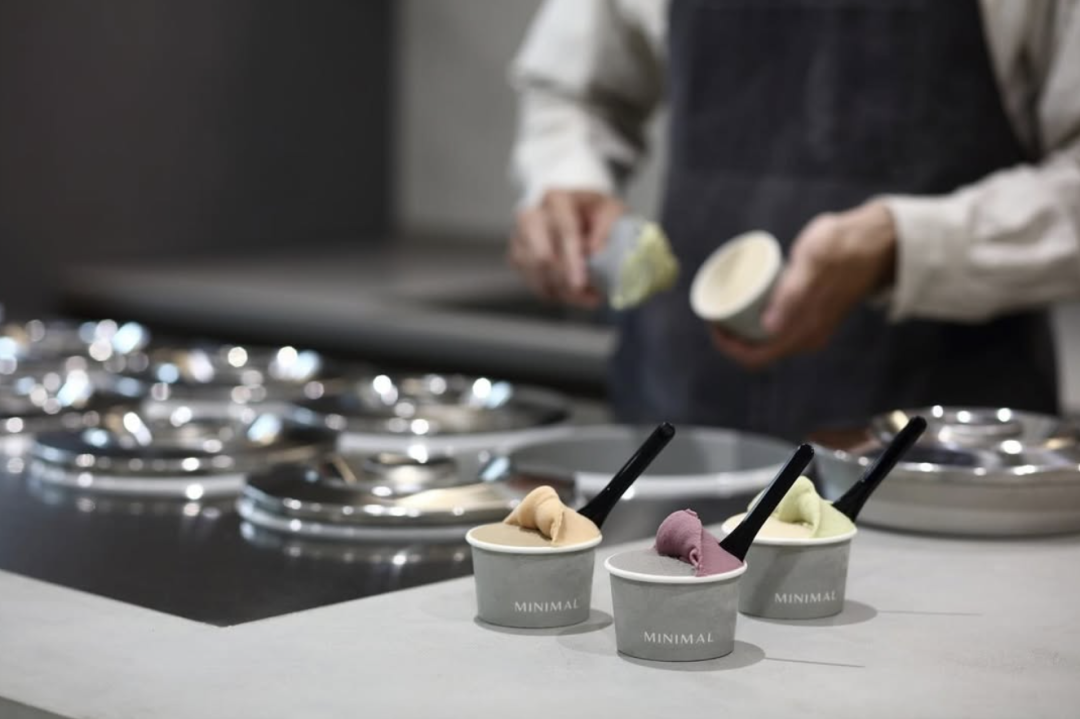 @minimal_gelato
@minimal_gelato
His culinary background plays a clear role.Wan also draws inspiration from perfumery and mixology:
“Every ingredient presents itself differently in the mouth — some feel heavier and lack aroma, so I’ll add other ingredients to complete the picture. If the main ingredient lacks fragrance, I add elements that can highlight it.”When I first tasted his gelato creations, the experience was pure surprise — “So this is what it’s like…”. There was an old-world charm, a familiarity that was hard to name, combined with refreshing lightness. The flavors were full and satisfying without heaviness, quenching rather than cloying. He combines ingredients to achieve fullness of flavor without relying solely on sweetness.
For summer ingredients, he finds Chinese medicinal herbs both fascinating and challenging. Each herb has its own personality, but traditional decoction often strips away their unique traits. Extracting their essence requires trial and error, with no ready-made solutions. Recently, he has also explored grain-based flavors. Since grains are high in starch, they tend to thicken gelato — but he seeks a light, airy texture, so he works to extract aroma without compromising texture.
Sorghum × Lychee × Green Plum
Using the fragrant style of Yushan Daqu sorghum liquor, which carries hints of plum and tropical fruit, Wan pairs it with lychee and green plum, amplifying and preserving the qualities of both. Sorghum’s aroma is a natural product of fermentation and irreplaceable, so he uses only a small amount to bring out fruity notes. This creation continues the tradition of local shaved ice — refreshing, melting directly into water without leaving a heavy aftertaste. The first spoonful gives a sligh taste of alcohol, followed by the simultaneous release of lychee and plum, soft and balanced.
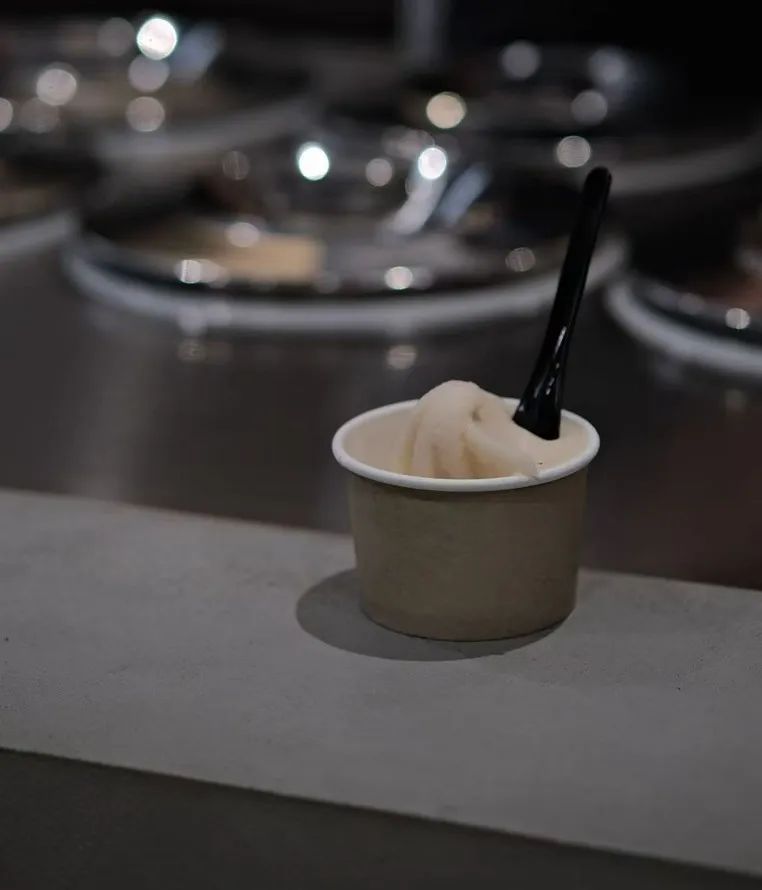 Sorghum × Lychee × Green Plum
Sorghum × Lychee × Green Plum
Red Pine × Camellia Oil × Herbal Tea
Built on the foundation of red pine, this flavor incorporates herbal tea and a hint of camellia oil, delivering layered botanical notes. Camellia oil’s nutty, matcha-like, yet more woodsy fragrance adds depth, while dried, ground red pine deepens the base notes. Since plant oils are liquid at room temperature, the aroma is released instantly; Wan adds the camellia oil only during the chilling stage for maximum impact.
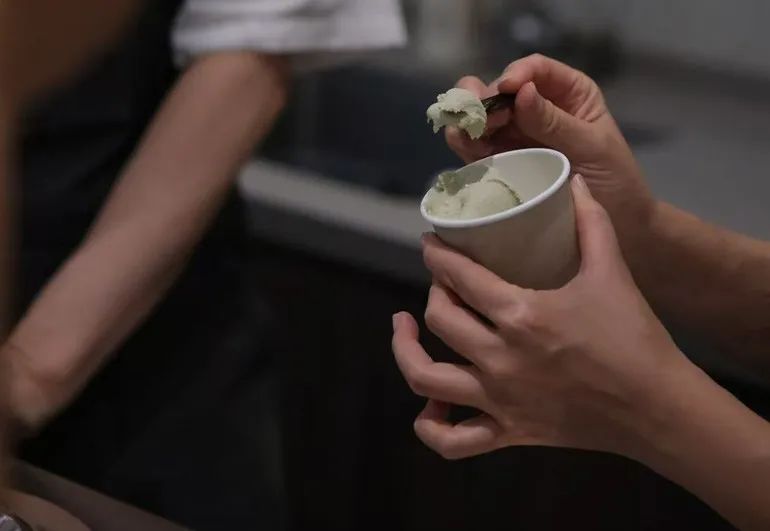 Red Pine × Camellia Oil × Herbal Tea
Red Pine × Camellia Oil × Herbal Tea
Biluo Chun × Sugarcane × Chinese Angelica
Centered on Biluo Chun tea, this combination adds sugarcane and Chinese angelica, with mint for lift. The tea used is Biluo Chun from Pinglin, enriched with sugarcane juice for lingering sweetness. Chinese angelica and mint also enhance aroma. As tea aromas weaken in cold conditions, Wan developed a method to enhance fragrance, yielding a tea-like freshness that fills the palate without relying on sugar. The result is as refreshing as sipping tea in a spring breeze.
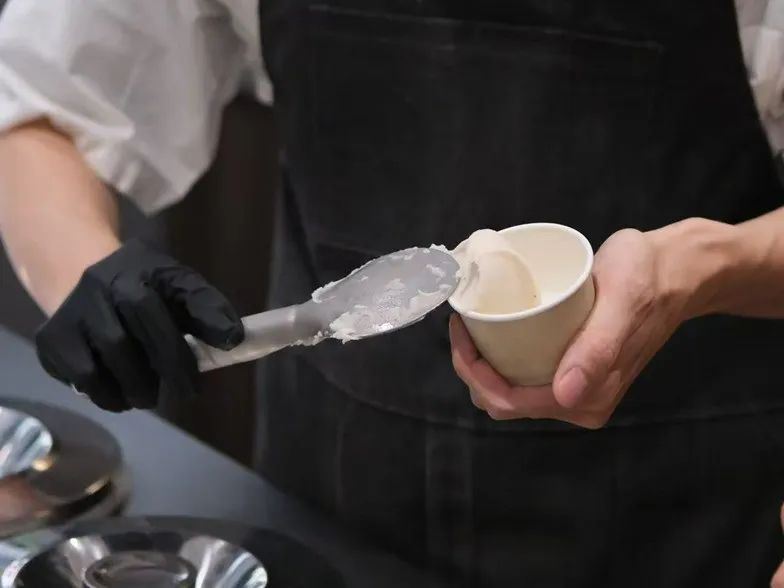 Biluo Chun × Sugarcane × Chinese Angelica
Biluo Chun × Sugarcane × Chinese Angelica
On the night of the Michelin ceremony, hearing his name announced brought Wan both joy and pressure: “There was no precedent. I was happy, but the pressure was immense.”
Addressing outside skepticism, he credits his upbringing: “My mother raised me alone and gave me complete freedom. She passed away young, but she made me feel like I could do anything I wanted,” Wan likes to pursue pure ideas and sees constraints as fuel for creativity, “Limitations make me feel like there’s even more I can do. That’s exciting.”
To him, craftsmanship is the tool for translating ideas: “Technique is important, but it’s just a tool. Ingredients are like pigments — I select them to create what I imagine.”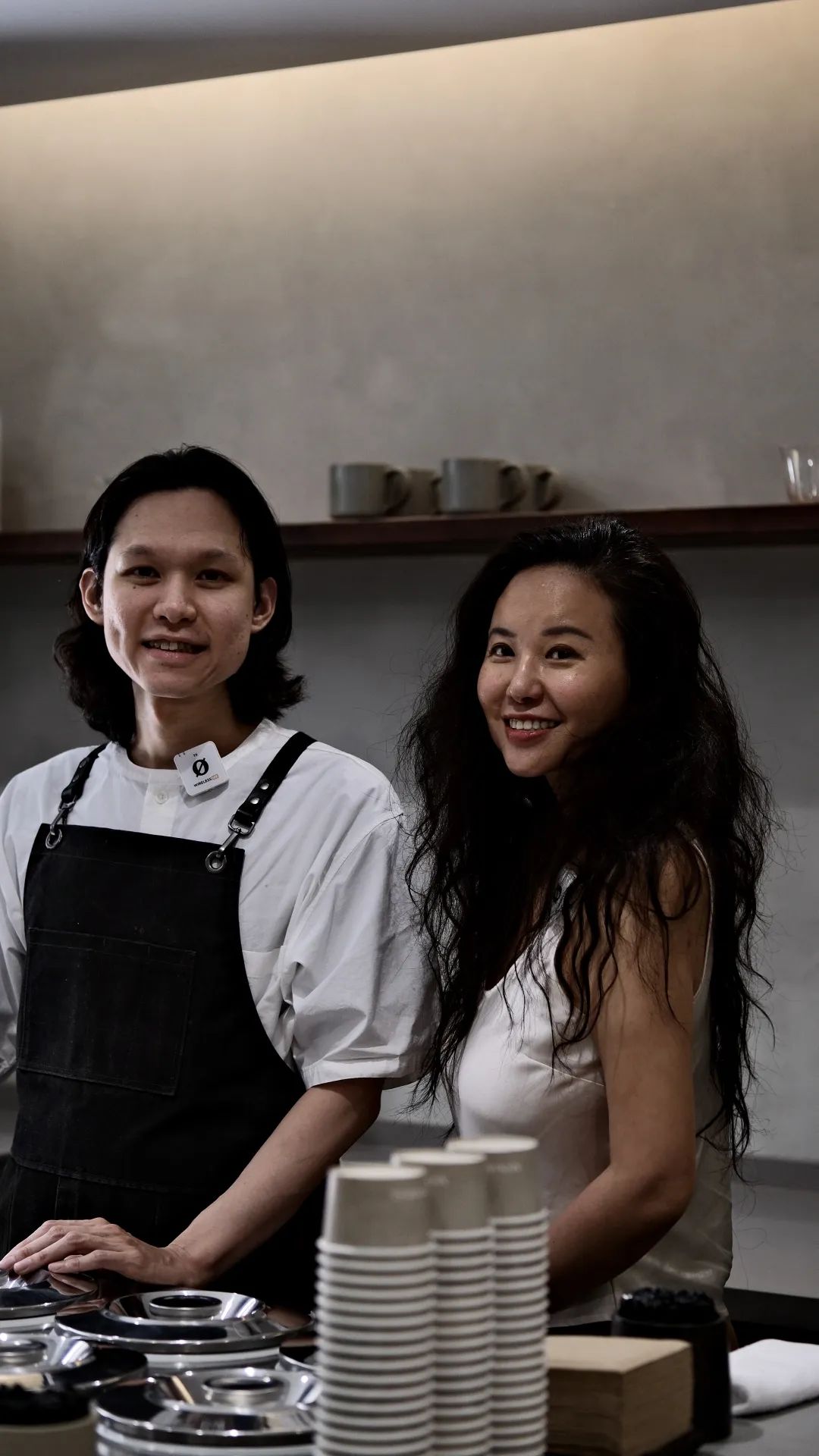 Arvin Wan (Left) & the Author (Right)
Arvin Wan (Left) & the Author (Right)
That day, we bought our gelato and sat on the steps outside to enjoy it. Watching others emerge from MINIMAL, cups in hand, tasting, smiling, sharing with friends — that joy and sense of wonder may be an accomplishment beyond what any award can measure.
Author: Jocelyn 华姐
Photo: Patty Chuang/@minimal_gelato

